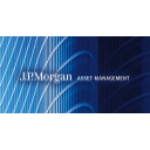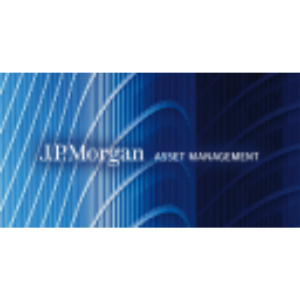Welcome to our dedicated page for Korea Fund SEC filings (Ticker: KF), a comprehensive resource for investors and traders seeking official regulatory documents including 10-K annual reports, 10-Q quarterly earnings, 8-K material events, and insider trading forms.
Untangling Korea Fund’s blend of Investment Company Act reports, Form 4 insider trades, and 8-K market updates can feel daunting—especially when you’re tracking currency exposure or the latest NAV discount. If you have ever Googled “Korea Fund SEC filings explained simply” or searched EDGAR for a buried footnote on sector allocation, you know the challenge.
Stock Titan solves that problem. Our AI reads every submission—whether it’s a N-CSR, the investment-company equivalent of an annual report 10-K simplified, a quarterly earnings report 10-Q filing, or a sudden 8-K material events explained—and delivers concise plain-English summaries within minutes of EDGAR release. Need real-time alerts for Korea Fund insider trading Form 4 transactions or want to scan Korea Fund Form 4 insider transactions real-time? We surface the exact share counts, trade prices, and executive names instantly.
What can you uncover?
- Foreign-currency gains and hedging strategies hidden deep in the notes.
- Distribution policy shifts highlighted in the proxy statement executive compensation section.
- Segment exposure changes that drive performance—served alongside our Korea Fund earnings report filing analysis.
Whether you’re monitoring Korea Fund executive stock transactions Form 4, comparing quarter-over-quarter holdings, or understanding Korea Fund SEC documents with AI, every disclosure is contextualized, bookmarked, and searchable. All filings, all forms, always current—so you can move from data to decisions without wading through hundreds of pages.
City of London Investment Management Company Limited filed Amendment No. 12 to Schedule 13G reporting beneficial ownership in Korea Fund Inc (KF). CLIM reports 1,456,201 shares of common stock, representing 35.0% of the class, with sole voting and dispositive power over all reported shares.
The filing identifies CLIM as an investment adviser and states the shares are held across City of London Funds and segregated accounts for which CLIM exercises discretionary authority. The event date triggering the filing is September 30, 2025. CLIM certifies the securities were acquired and are held in the ordinary course of business and not for the purpose of changing or influencing control.
1607 Capital Partners, LLC filed Amendment No. 15 to Schedule 13G on The Korea Fund, Inc. (KF), updating its beneficial ownership. The firm reported beneficial ownership of 196,850 shares of common stock, representing 4.73% of the class as of September 30, 2025. It held sole voting power over 196,850 shares and sole dispositive power over 196,850 shares.
The filer is identified as an investment adviser and certified the holdings were acquired and are held in the ordinary course of business, not for the purpose of changing or influencing control.
Public Employees Retirement System of Ohio (OPERS) filed Amendment No. 2 to Schedule 13D for The Korea Fund Inc. (KF), reporting beneficial ownership of 241,191 shares, or 5.8% of the class. The filing lists sole voting power and sole dispositive power over 241,191 shares, with the date of event on 10/28/2025.
OPERS states the position is held for investment purposes. Shares were purchased or sold in the open market using client assets under management. OPERS may buy or sell additional shares over time and indicates no present plans related to the actions described in Item 4(b)-(j). The filing also notes no contracts or arrangements regarding the securities.
The definitive proxy for Korea Fund, Inc. (KF) presents director nominees, governance procedures, ownership concentrations and fees in clear terms. The Board describes voting rules where election of a director requires a majority of shares present or by proxy and notes that abstentions and broker non-votes effectively count against proposals. Director biographies list roles, committee memberships and year first became a director, and disclose dollar ranges of their Fund equity holdings. Beneficial ownership highlights include City of London Investment Group PLC at 31.8% and Lazard Ltd at 13.8%. Audit and non-audit fees paid to the auditor are disclosed, with total non-audit fees combined with other billed amounts summing to $11,763,270 in one column and $11,763,350 in another. The Board outlines pre-approval policies for audit and permitted non-audit services and delegates day-to-day valuation to the Manager under approved Valuation Procedures.


